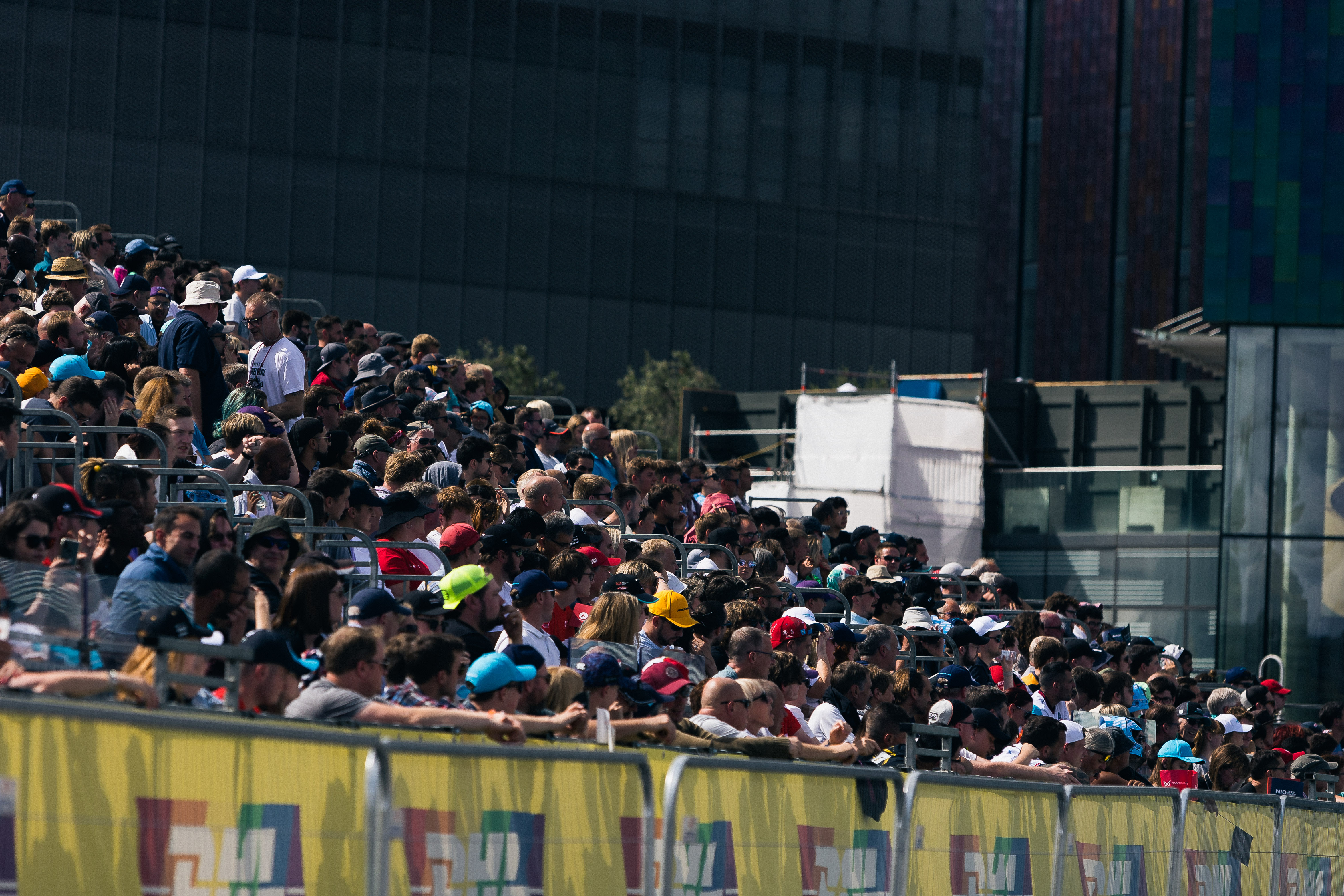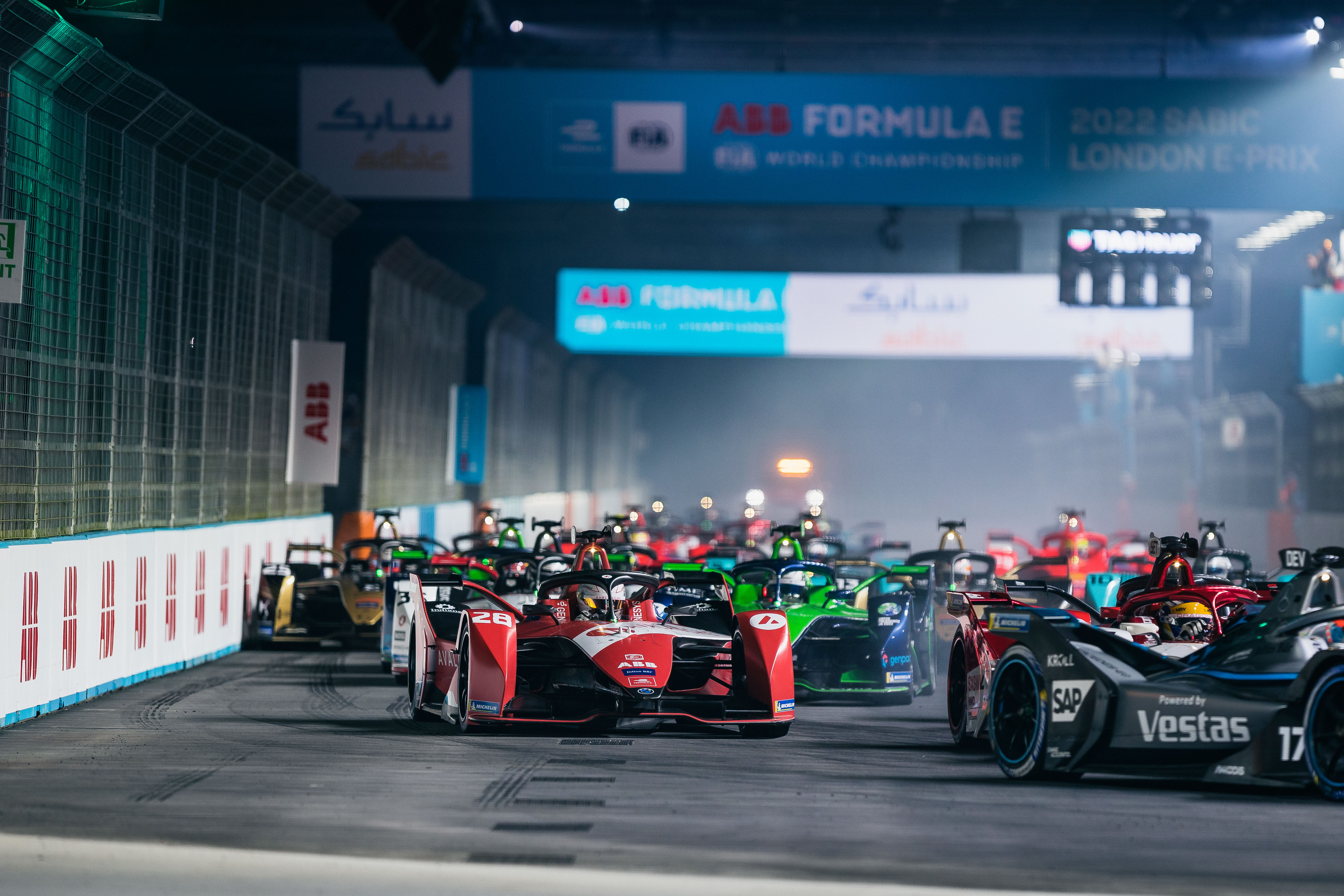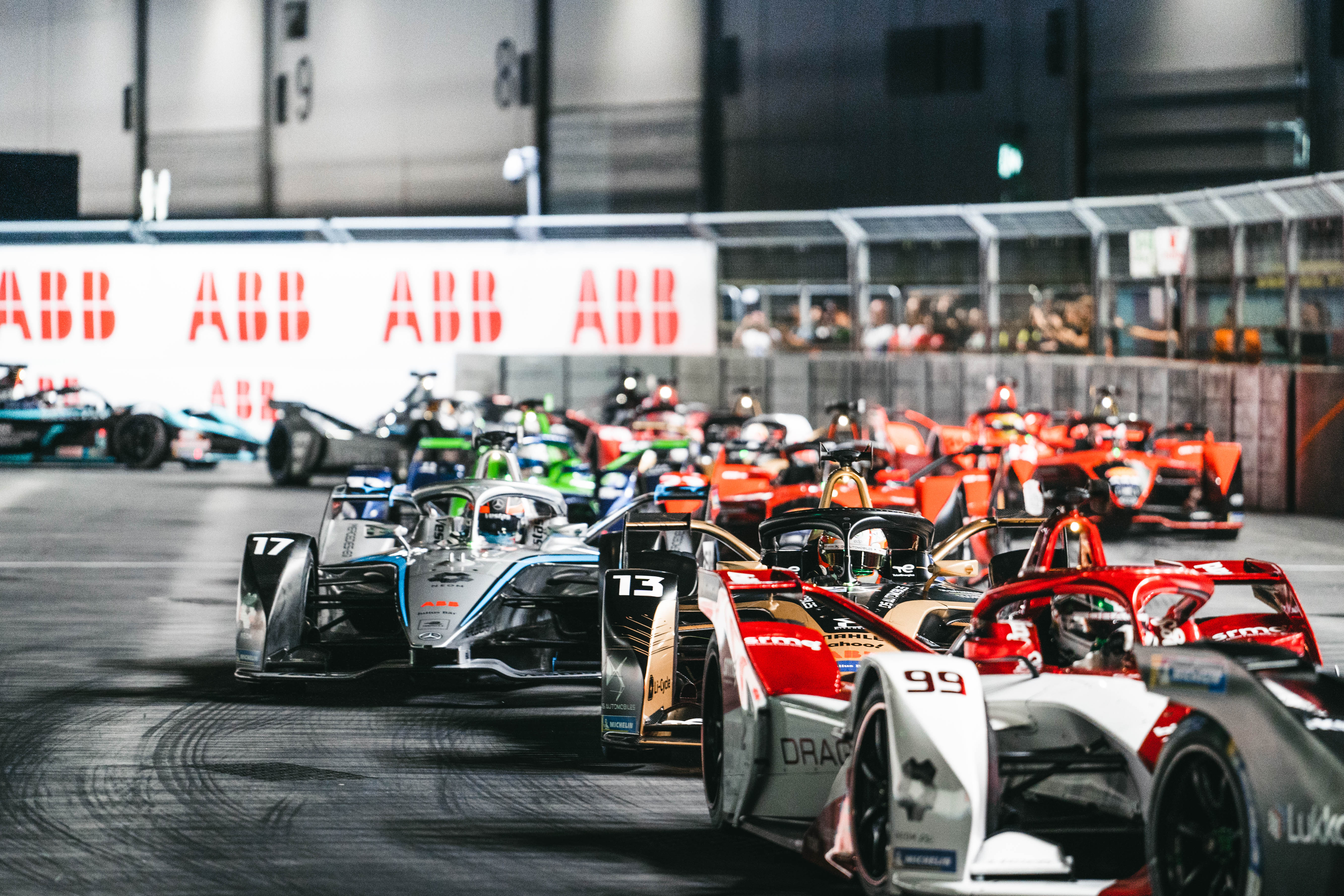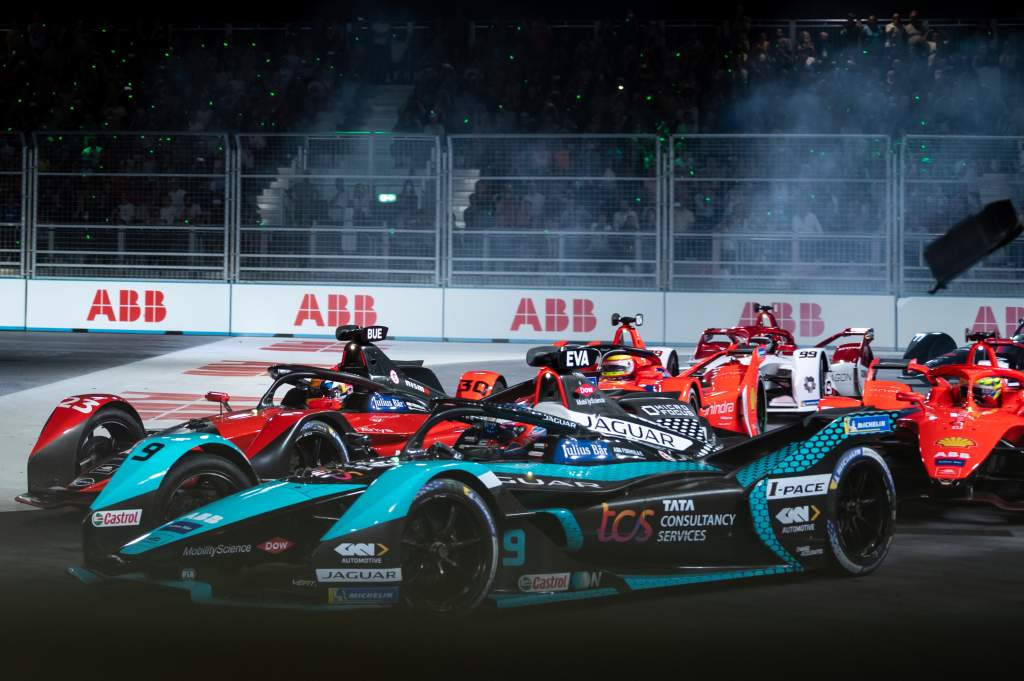When Antonio Felix da Costa told The Race last year that when he called up then CEO Jamie Reigle or co-founder Alberto Longo to talk Formula E he wasn’t being “a d***” it was time to take notice.
“If we ask questions, they are very open to us,” da Costa explained.
“I’m not trying to be a d*** when I call them up, and I say, ‘I didn’t like the autograph session location here’, or I didn’t like this or that about the event.
“I say it because I care so much about the series, and the better the series, the better my life.
“I’ve invested too much time, too many years in this to see simple things not being done right.”
Da Costa and others are right to care because if it wasn’t for Formula E they’d likely be full-time sportscar drivers and no more. They don’t owe the first ever all-electric world championship anything in tangible terms, but in a sense they stay true to it because they were part of its foundations from day one.
That goes for the events they race in too. In Formula E there have been as many E-Prixs that haven’t worked that have. The London ExCeL inside and outside extravaganza, free from the depressive shackles of the COVID pandemic, did work last year.
As da Costa attested it was what “Formula E should be” and a “great show for technology and sport”.
The third edition of the London E-Prix will kick on from what was accomplished last year when the event delivered on all fronts to a crowd of 40,000 across the two days.

Frustratingly however there is slightly less capacity for fans due to building work being completed in the Eastern Car Park area of the exhibition hall. Still, a slightly more flowing track in that area and the prospect of a true energy saving encounter due to a dramatic energy cull should make the on-track action as colourful and gripping as the off track fun and entertainment.
Again, it clashes with a Formula 1 grand prix. Last year it was Hungary and this year it is Belgium. Formula E is not especially concerned about this, believing that a great deal of 2022 fans will return for 2023 and new ones will take a leap of faith as the school summer holidays arrive.
Formula E cannot risk getting caught up in ‘clash-culture’ because with more and more F1 grands prix coming forth in the coming years it is not something it can control.
It has the racing and entertainment ratio just right at the moment in London. Title protagonist Jake Dennis even commented on the pre-race pop concert last year via his car-to-pit radio as he sat and soaked it up before the start of the race, saying: “I’m enjoying this, it’s badass!”
So, Formula E is in good health in the UK but boy did it take a long time to get there. The scepticism over all-electric racing will always be there until it becomes the only show in town which is probably still 10-12 years away. Then it will be as quick if not quicker than F1, and quite possibly it could, in whatever way you want to cut it, be F1.
That sounds bold but it’s more likely than not. When sponsors and manufacturers simply cannot be linked to anything that contributes to the ever-increasing climate crisis, structures of sports and how people consume them will have to change quickly.

This is where events such as London, Cape Town and the one-off Seoul E-Prix could look like pioneering entertainment. Easily accessible, by efficient public transport, stadiums in or close to major cities will be the ideal. Efficiency will be a watch word, and families wanting a range of entertainment – without driving to a facility miles from anywhere – will become the key consumers.
For the present time scepticism remains over Formula E events to some extent but there is a sense it is dissipating quickly.
“I remember a lot of scepticism around [the ExCeL race] and a lot of people saying that it was just a race around the car park and that it was not what Formula E needed,” NEOM McLaren’s Ian James told The Race.
“I think it’s put all of those doubters to bed and I think it’s a cracking location. We’ve had some great racing there in the past, the atmosphere is second to none.

“It’s really established itself very, very well as a phenomenal race. It also goes back to when I first joined Formula E, there was this real focus on making each race an event. We had some great racing, but at the same time, there were concerts going on and other things for fans that were coming down, who maybe weren’t traditional motorsport fans, and I thought that was a real USP that the formula had.
“Unfortunately, with COVID that kind of put paid to that for a couple of years. But we’ve seen a resurgence in that now.
“We’ve seen it coming back to really that initial philosophy that it had. London demonstrates that beautifully. I think that’s a very powerful template for other Formula E events too.”
James is right when he says the template of the ExCeL race is important. Formula E is presently in negotiations with the L.A Dodgers stadium in downtown Los Angeles for a race in 2025, while the Tokyo E-Prix will race around a huge exhibition centre next March.

While the Seoul E-Prix last year was poorly promoted by local companies and looks like being a one-off, there are several other major cities looking at the stadium/exhibition centre model. Mostly this is because it’s easier and more efficient for fans but it also ensures little disruption for businesses and residents.
The days of Formula E staff getting attacked by rowdy and pissed off residents as they were in Santiago should thankfully be over now. Returns to Paris and New York are not really on the agenda, and races at Mexico City, Diriyah, Sao Paulo and Berlin are at facilities off-set from actual city centres utilising either permanent tracks or locations that are not especially urbanised.
But none of those, apart from perhaps the opening race at Mexico City, has the combination of people and party. The London E-Prix is likely to have a home until the end of the 2026 season when Gen3 morphs in to Gen4. A further extension will be in the offing and at present there is no need for change for what should now become Formula E’s natural season finale venue.






